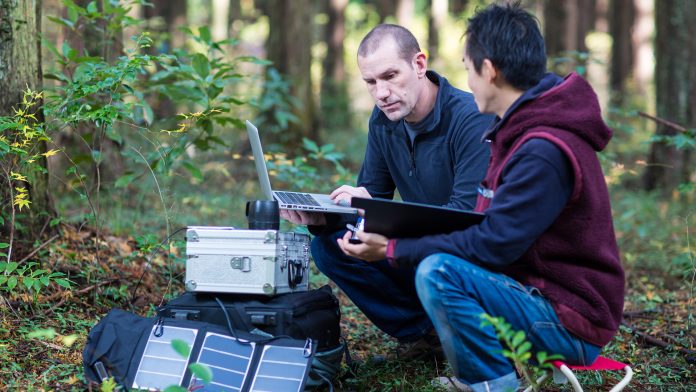A biodiversity monitoring project has been developed to ensure that comprehensive EU policies around biodiversity can be created.
To create comprehensive EU policies, regularly updated, unbiased, and integrated ecosystem data is vital. However, current efforts to monitor animals and plants are spatially and temporally divided. With data and methods not integrated, a gap in biodiversity monitoring is created, negatively impacting policymaking. Biodiversity monitoring can be upgraded through the use of modern technologies such as drones, Artificial Intelligence algorithms, and remote sensing. However, these technologies are not widely used at present.
To assist in this endeavour, the MAMBO project (Modern Approaches to the Monitoring of BiOdiversity) has been created to develop new methods of biodiversity monitoring in the EU and beyond. The project will help fill the knowledge gaps that exist when monitoring certain species and habitats.
About the MAMBO project
The MAMBO project recognises that the gaps in biodiversity monitoring need to be filled, and thus aims to develop, test, and implement tools that monitor the conservation status and ecological requirements of species and habitats that have these existing gaps. To achieve this, a multi-disciplinary approach will be implemented, utilising the technical expertise of sectors such as computer science, remote sensing, social science expertise on human-technology interactions, environmental economy, and citizen science. Knowledge of species, ecology, and conservation biology will be combined with this expertise.

To create new methods of biodiversity monitoring, the project aims to integrate new technologies with existing research infrastructures. User and policy needs, in the realm of biodiversity monitoring, will be identified by MAMBO’s strong stakeholder engagement component, also assisting in tool assessments at selected demonstration sites across Europe. Improved monitoring schemes that are more cost-effective will subsequently be created for species and habitats by using new technologies.
The MAMBO project began with a consortium meeting on 15-16 September in Aarhus, Denmark. Here, representatives from ten partnering institutions, from seven EU countries and the UK, were welcomed.
The future of biodiversity monitoring
“Classification algorithms have matured to an extent where it is possible to identify organisms automatically from digital data such as images or sound,” commented project coordinator Professor Toke T Høye from Aarhus University. “Technical breakthroughs in the realm of high spatial resolution remote sensing set the future of ecological monitoring and can greatly enrich traditional approaches to biodiversity monitoring.”
Professor Dr Koos Biesmeijer, work package leader, stated: “You do not dance the MAMBO alone. Our tools will link to the diverse landscape of EU and national projects and infrastructures, so that anybody interested in biodiversity monitoring can benefit from them.”
In addition to this, Project Officer Colombe Warin outlined the importance of MAMBO for the EU’s Green Deal. Warin said she is looking forward to “seeing MAMBO address strategically the biodiversity decline in liaison with the Green Deal and the Biodiversity Strategy for 2030.”
The project seeks to develop, evaluate, and integrate image and sound recognition-based Artificial Intelligence solutions to assist EU biodiversity monitoring and deliver high spatial resolution habitat extent maps. The project’s central aim is to co-design new ecological monitoring tools with researchers, policymakers, citizens, and other stakeholders. By testing the tools, the potential of upscaling MAMBO’s approach will be highlighted, subsequently ensuring that the approach is available across the EU and beyond.








